Parádní čtení. Díky za článek. 
Artefacts from the time of Vikingů
Categories: Finds and rescue research in the Czech Republic , Nálezy nejenom s detektorem ve Skandinávii
Thousands of artefacts have been found by archaeologists in southern Norway in places that used to be covered by ice. A road lined with stone cairns led through the area and was heavily used by local residents and traders from afar. It was not until the 14th century that the decline was caused by a plague epidemic.
Archaeologists in southern Norway have gained a new insight into the lives of hunters and traders in ancient times. Nine years ago, ice patches melted on the Lendbreen mountain pass. For thousands of years, many artefacts have been hidden beneath the layer of ice, such as cooking utensils, knives, woollen gloves, sledges, snowshoes made for horses and even arrows on which feathers have been preserved as a decorative element. Archaeologists have also discovered antlers, animal bones and dung.
At Lendbreen, there were paths lined with giant stone moguls that "guided" traders through the fog and snow. The findings were published in the scientific journal Antiquity. That archaeologists might have been successful at Lendbreen in particular was suggested forty years earlier by the discovery of a well-preserved arrow from the Vikings.
The mountain pass at Lendbreen is thought to have been part of a larger network that connected it to the wider world Vikingù. It is one of the first such sites found in northern Europe. "It is clear that there was more travel through the mountains than originally thought. Even though they were covered in ice and snow, they were used, for example, to cross between farms and individual traders also travelled there," said Norwegian archaeologist Lars Holger Pilo.
Archaeologists began excavating at Lendbreen in 2006. They intensified it five years later when they found a wool tunic dating back to the Bronze Age. And according to the dating and radiocarbon dating of later discovered objects, people were already crossing the mountain pass around the year 300. Mostly during the Vikings. There was a decline around 1340 when a plague epidemic broke out in Norway. Climatic and economic changes also seem to have had an impact on the restriction of movement over the pass.
"It has helped us a lot to find out what periods the finds date from. We can literally follow in the footsteps of the past," noted archaeologist James Barrett of the University of Cambridge, who has been working on the project since 2012 with Norwegian archaeologists.
They are still not finished. Hundreds more artifacts found are waiting to be analyzed. In addition, the archaeologists have already mapped out another site that they will be able to explore thanks to the melting of the glaciers. It's about ten kilometres from the Lendbreen mountain pass.
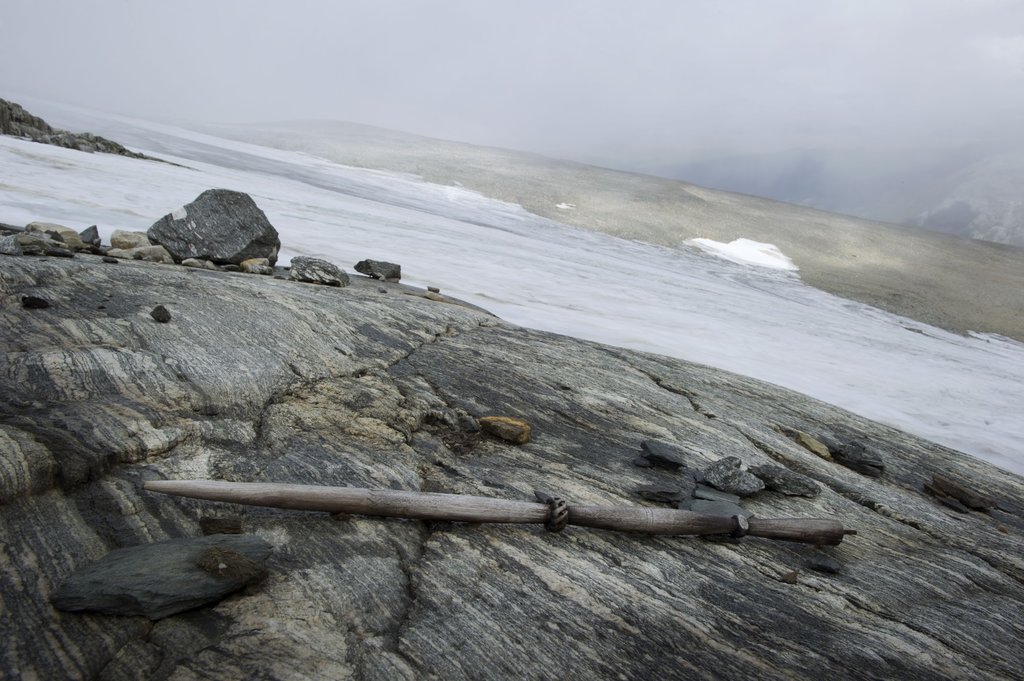
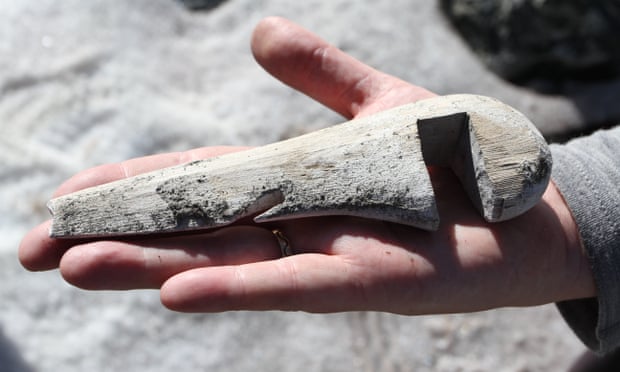
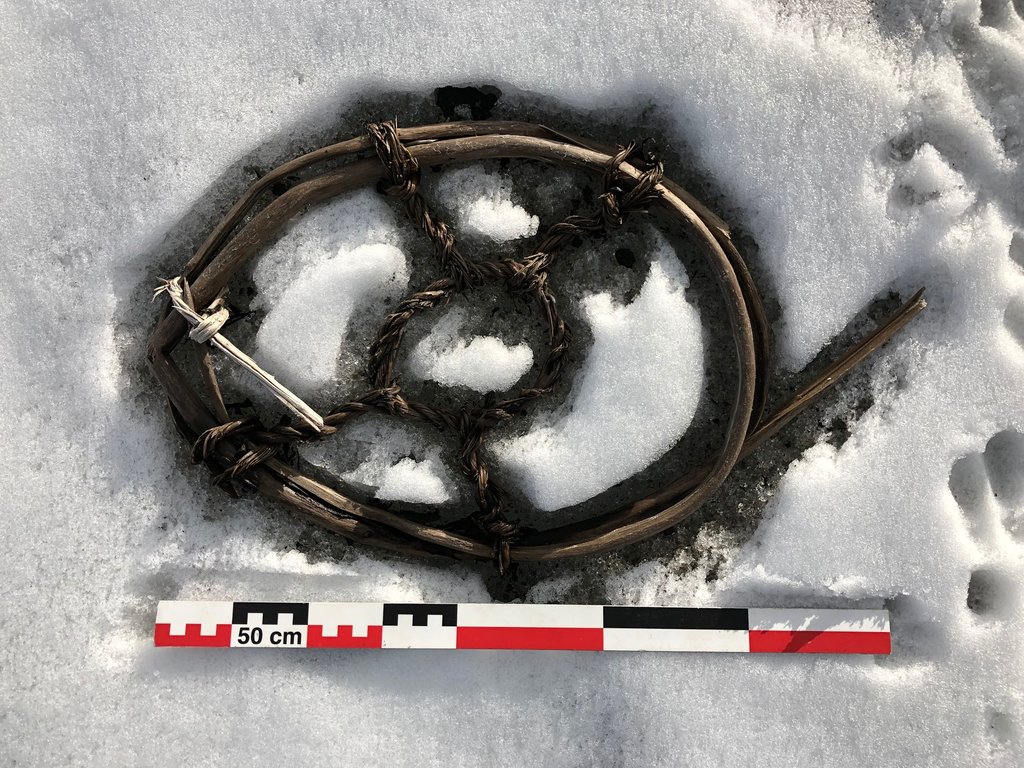
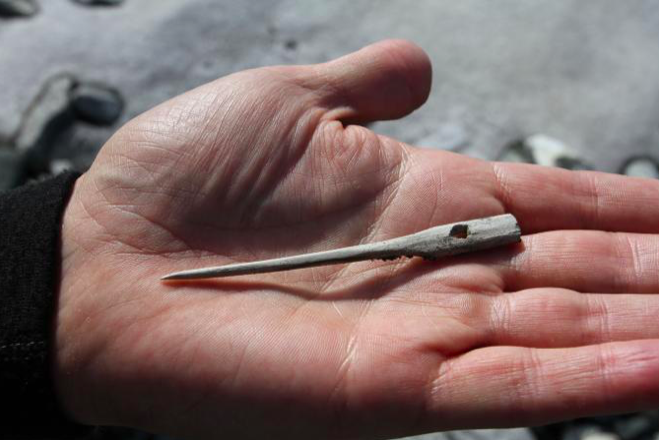
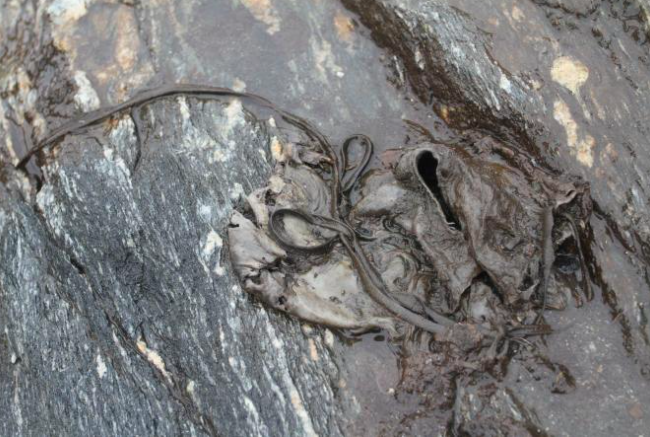
Sources: www.nytimes.com, www.theguardian.com, www.nationalgeographic.com
The article is included in categories:
- Archive of articles > Archaeology > Finds and rescue research in the Czech Republic
- Archive of articles > Archaeology > Finds and rescue research abroad > Nálezy nejenom s detektorem ve Skandinávii
Post
Hezké čtení po ránu, jen taková připomínka, šlo by občas zařadit i nějaké novinky z Čech? Pořád tu jsou jen zajímavosti ze zahraničí a z Čech prakticky nic nového...
Také mám pocit, že vše pod zemí je v Anglii  což se tohoto článku výjimečně netýká
což se tohoto článku výjimečně netýká 







